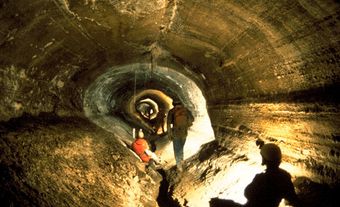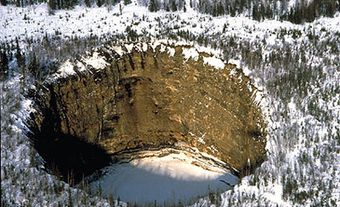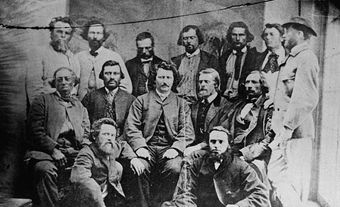Prairies are a form of grassland reflecting the depositional features of the Wisconsinan glaciation. While often considered featureless flatlands, they actually contain great diversity. Topography ranges from broad undulating plains to rolling hills and plateaus, often dissected by beautiful valleys and escarpments.
Geography
French explorers had no precise word for the large North American grasslands, but the term prairie (originating from the French word for "meadow") implied that it was an open, grass-covered, treeless landscape. The Canadian prairies occupy the southern parts of Alberta, Saskatchewan and Manitoba and comprise a nearly semicircular arc resting on the 49th parallel and extending through Calgary, Edmonton, North Battleford, Yorkton and Winnipeg. The Canadian prairies are the northern extremity of a vast grassland region extending almost to the Gulf of Mexico.
In Canada, the word prairie is also used to refer collectively to the provinces of Manitoba, Saskatchewan and Alberta (see History of Settlement in the Canadian Prairies).
Flora and Fauna
While grasses dominate the natural vegetation, prairie flowers such as violets, daisies, crocus (see Anemone) and goldenrod add to its beauty. The prairie is also the natural habitat of prairie dogs, bison, coyotes, grasshoppers, pocket gophers, prairie chickens, songbirds, deer and antelope (see Pronghorn).
Climate
Extremes of climate typify the prairies: cold winters, hot summers, one or more wet years with widespread flooding (see Floods and Flood Control) followed by periods of drought or very dry conditions. The frequency and severity of drought increases with distance from the forest margins. Rarely are climatic normals realized; instead, periods of above- and below-average conditions are typical and tend to be cyclical.
Agriculture
The highly fertile prairie soils prompted settlers from Europe, eastern Canada and the United States to move into the region to farm and ranch in the latter part of the 19th century. Native prairie grasses have been almost entirely replaced by another grass, wheat, the major component of Western Canadian agriculture, although pulse crops and oilseeds such as canola are increasingly common.
See also Grasslands National Park; Physiographic Regions (Interior Plains).

 Share on Facebook
Share on Facebook Share on X
Share on X Share by Email
Share by Email Share on Google Classroom
Share on Google Classroom






